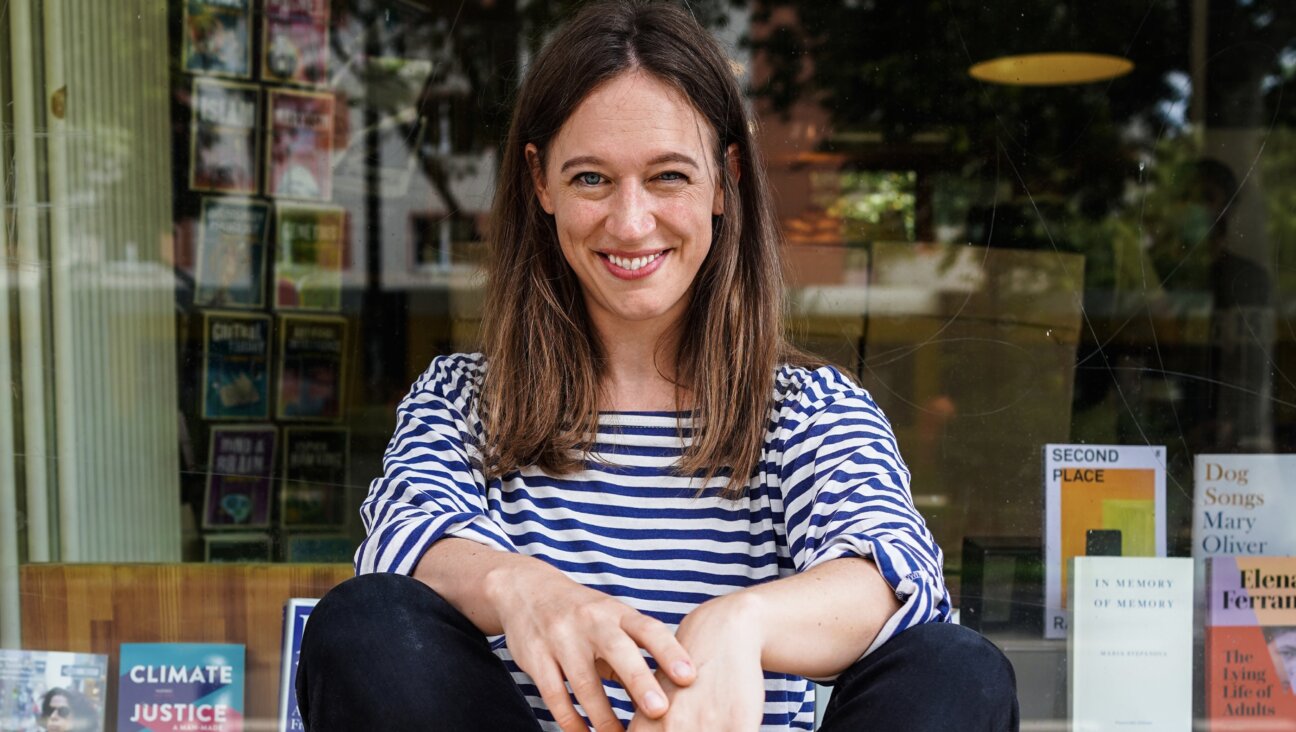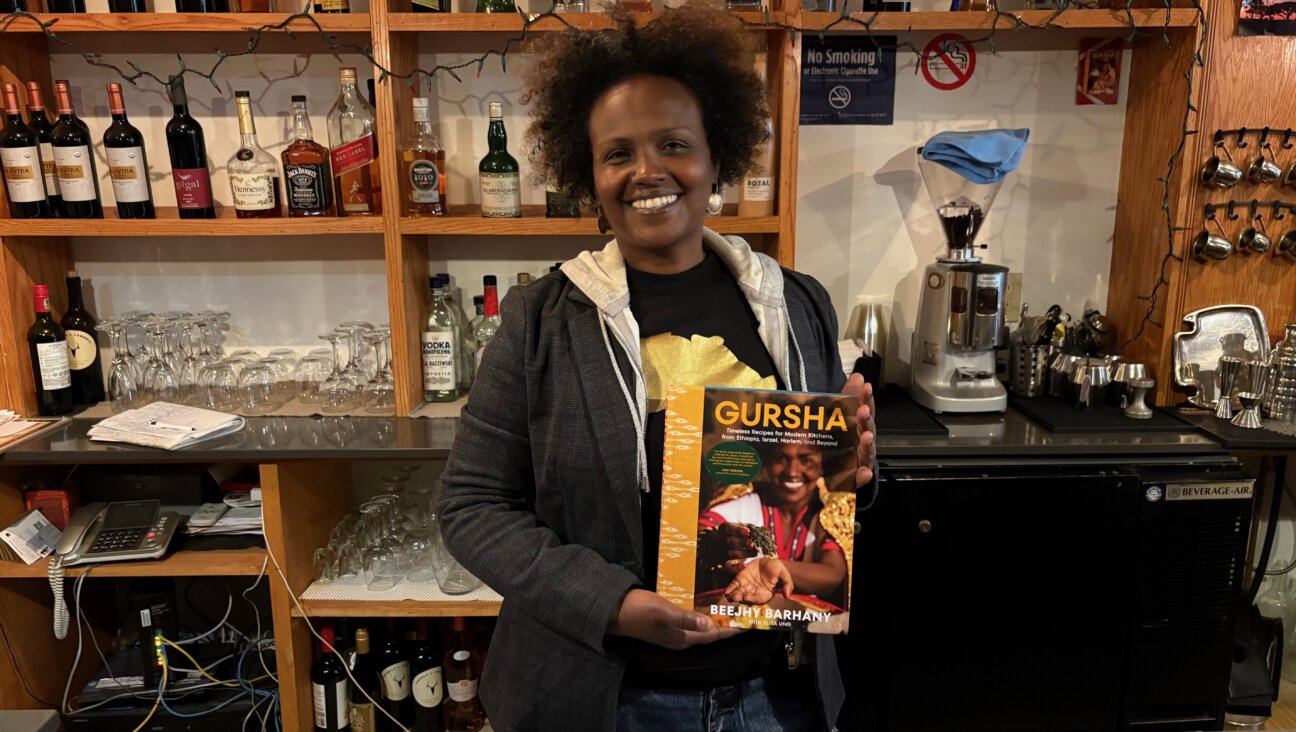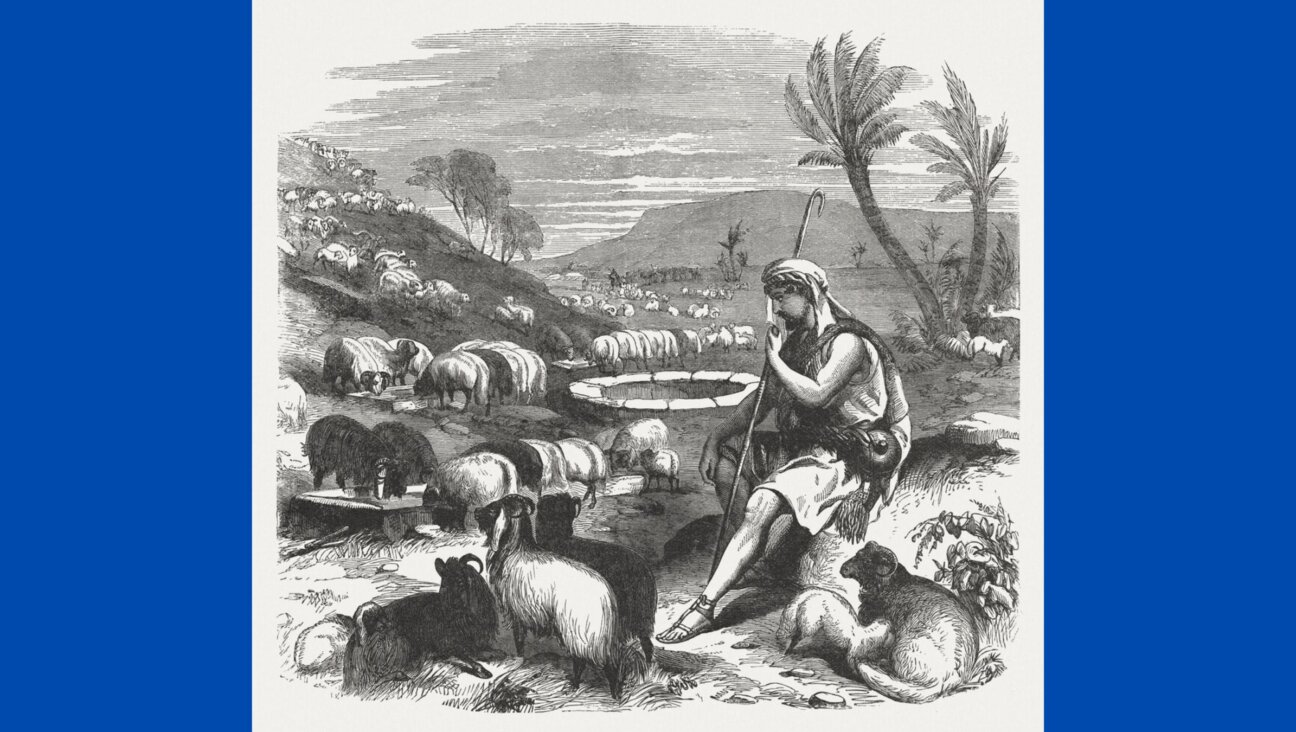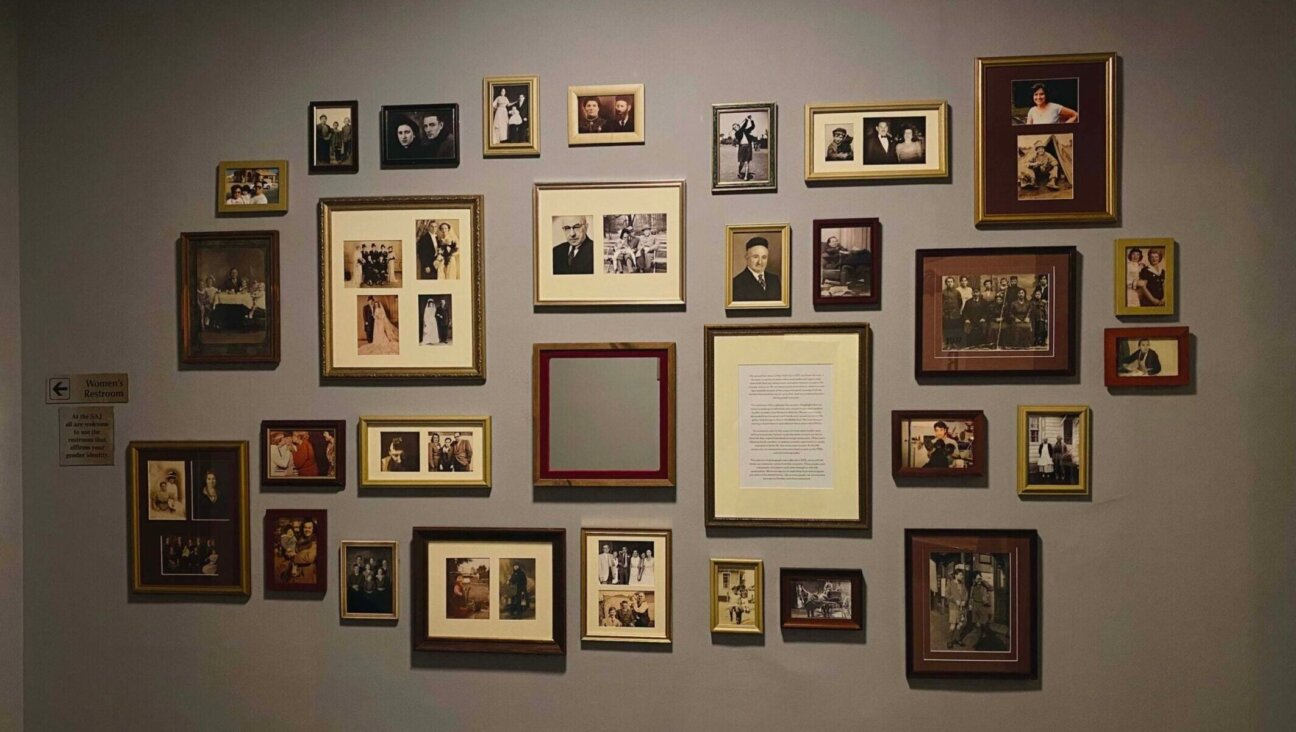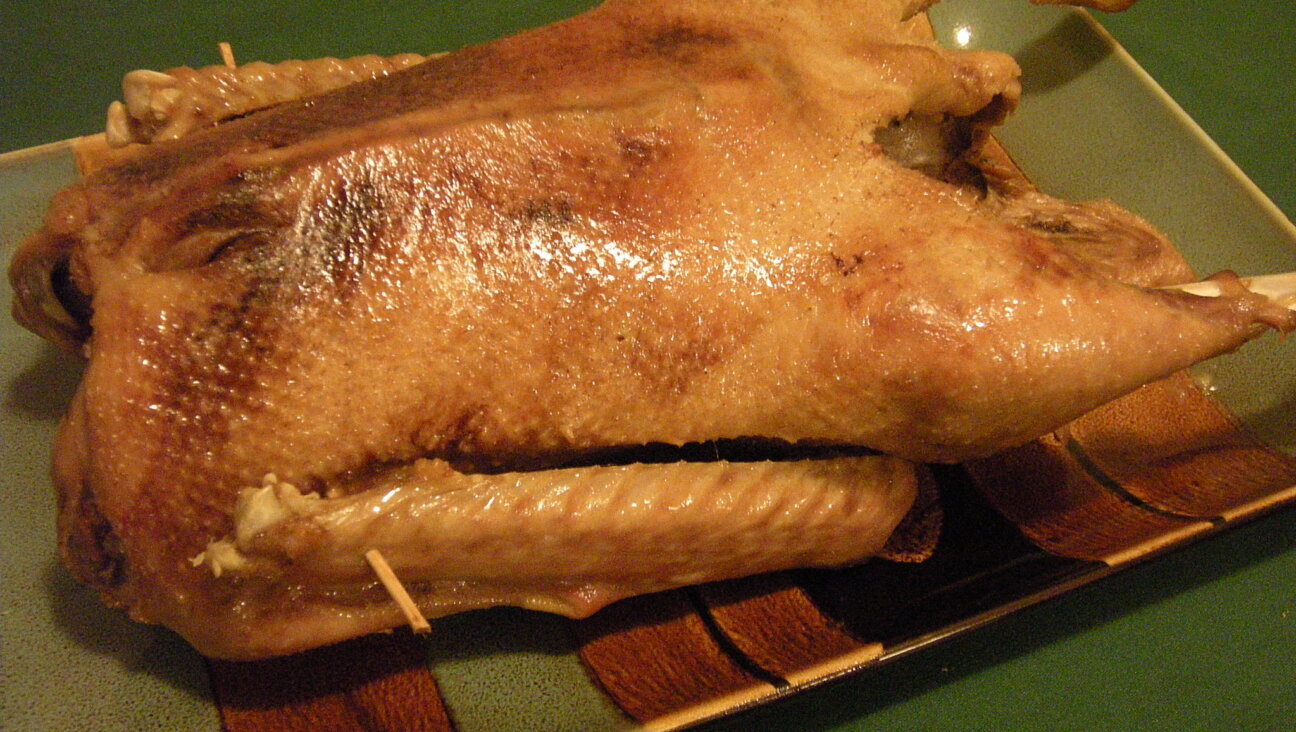Stuffed Full of Blessings
The harvest holiday of Sukkot does not have a mascot food like Chanukah and Purim; the closest it comes is the tradition to eat stuffed vegetables. We know why we make latkes and hamentaschen, but why do we stuff vegetables (and everything else) on Sukkot?
The most traditional reason given for stuffing foods is that the stuffing symbolizes the bounty of the harvest yet for most of us, this is not the time of year in which the harvest is most bountiful. Many of the foods that are harvested at this time of year, such as apples, grapes, and potatoes are actually foods that can be eaten during the long winter ahead and do not bring about the same youthful, unrestrained joy as do sweet corn and juicy peaches in July and August.
Rather than this traditional explanation for stuffing, we must instead look towards Sukkot’s placement in the calendar year in order to understand this food tradition. Sukkot comes just five short days after Yom Kippur, a day in which no food is eaten and in which we examine every aspect of our lives. From this perspective, as a celebratory harvest holiday, Sukkot stands in direct opposition to Yom Kippur. Rather than putting a magnifying glass to our lives and times when we’ve “missed the mark,” Sukkot gives us the opportunity to step back to revel in our lives and the bounty we have been given.
If we think of each grain of rice in the stuffed zucchini or pepper and each piece of meat wrapped up in the cabbage standing for individual blessings wrapped up in our lives, then we not only have the harvest to be grateful for (after all, sitting in a sukkah with gourds hanging over our heads seems to do a pretty good job of that), but we can literally eat our blessings and be thankful for the blessings of family, friends, health, home, and life.
Perhaps we stuff foods on Sukkot to remind us of the harvest and abundance in the fields, as well as the multiple blessings we have been given in life.
Rachel Saks is a personal chef and Master’s candidate at NYU for Nutrition and Dietetics. She lives in New York with her husband, Ari, who is a rabbinical student at JTS.
